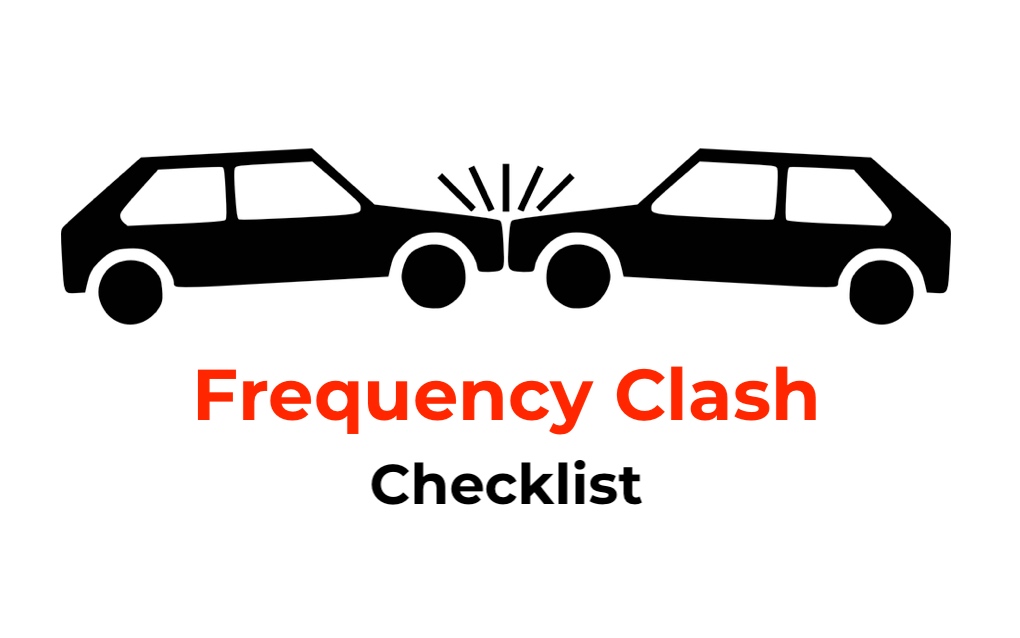Here’s A Simple Checklist For Preventing Frequency Clashes In Your Mix
One of the biggest problems with large sessions that have lots of mix elements is that there are usually at least a few tracks that can’t be heard distinctly in the mix. Much of this has to do with the fact that one track may be masking another one, caused by frequency clashes between the two mix elements.

Experienced mixing engineers know to hunt for these clashes and that’s what can cause a mix to take so much time. One of the solutions is a round-robin sequence of soloing two mix elements at a time to see if one masks the other, then using the appropriate EQ to adjust the frequency balance so they can both be heard clearly.
That said, there are a number of other procedures that can be used to separate clashing tracks and make each stand out from the mix. Use the following simple checklist:
- Did you try muting one of the offending mix elements so that they both never play at the same time? Sometimes it’s an arrangement issue that can be easily rectified by the mute button.
- Did you try lowering the level of the one of the offending mix elements? Sometimes one mix element is meant to support the other, not compete with it. Simply lowering the level of the clashing element might solve the problem.
- Did you try tailoring the EQ so that the one of the mix elements takes up a different frequency space? If both elements have a boost at 2kHz, for instance, the clashing element could be cut at that frequency so both can be heard. Or the clashing track can be boosted at 1kHz or 3kHz instead (or another frequency area altogether) so they can both be heard separately in the mix.
- Did you try panning one of the offending mix elements? Panning the mix elements apart can be an effective way of clearing the clash. Sometimes all that’s needed is a few degrees of separation one way or the other to work. Be sure that nothing else is panned to that exact spot though, or you may create another clash.
- Did you try changing the arrangement and re-recording the track? Many times the biggest problem is in the arrangement where two similar sounding instruments are playing in the same register. Although an extreme measure, re-recording one of the parts with a different sound, a different part, or a different register most likely will clear up the problem.
TIP: Be aware that making a mix element sound great while soloed may create a clash with another mix element without you knowing it.
Mix element frequency clashes are usually the result of poor arrangement and orchestration techniques, or piling on overdub ideas in the hope of sorting it all out in the mix. This can be done, but your mix will be a lot longer as a result.
You can read more from The Mixing Engineer’s Handbook and my other books on the excerpt section of bobbyowsinski.com.
